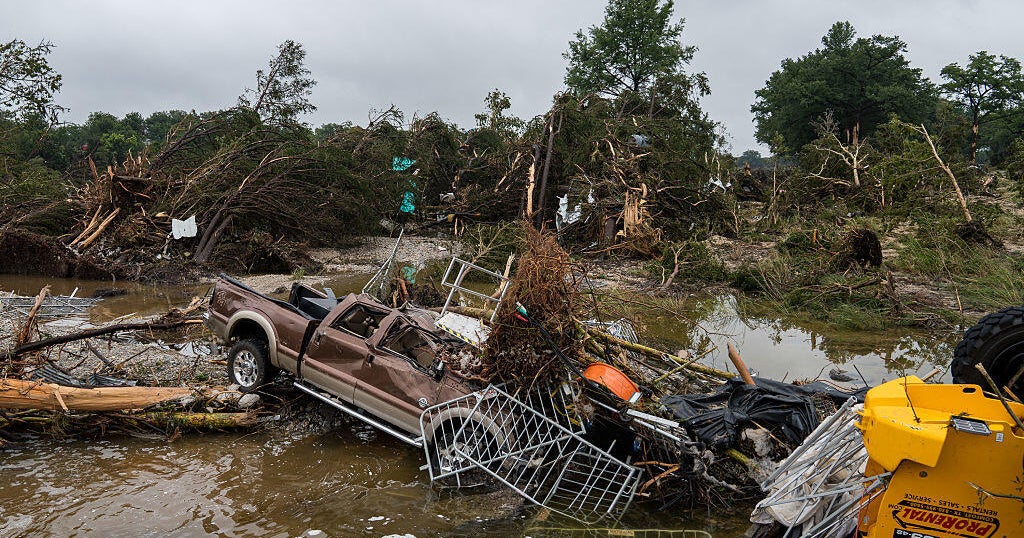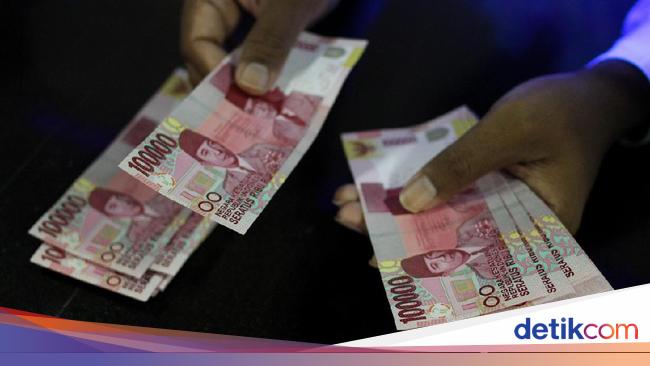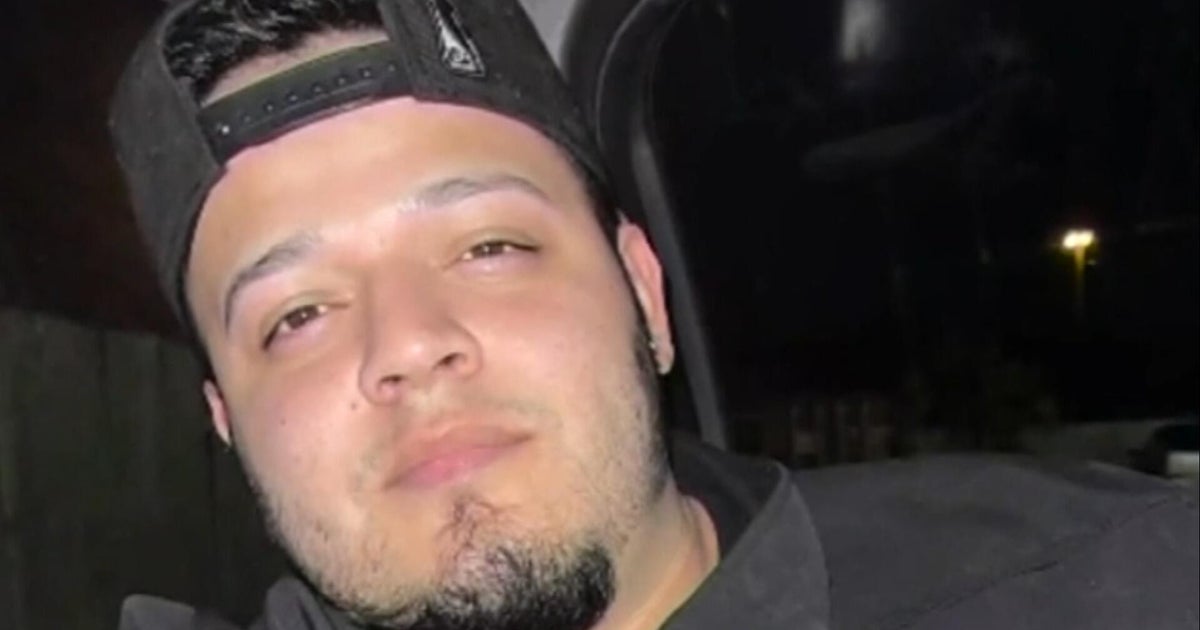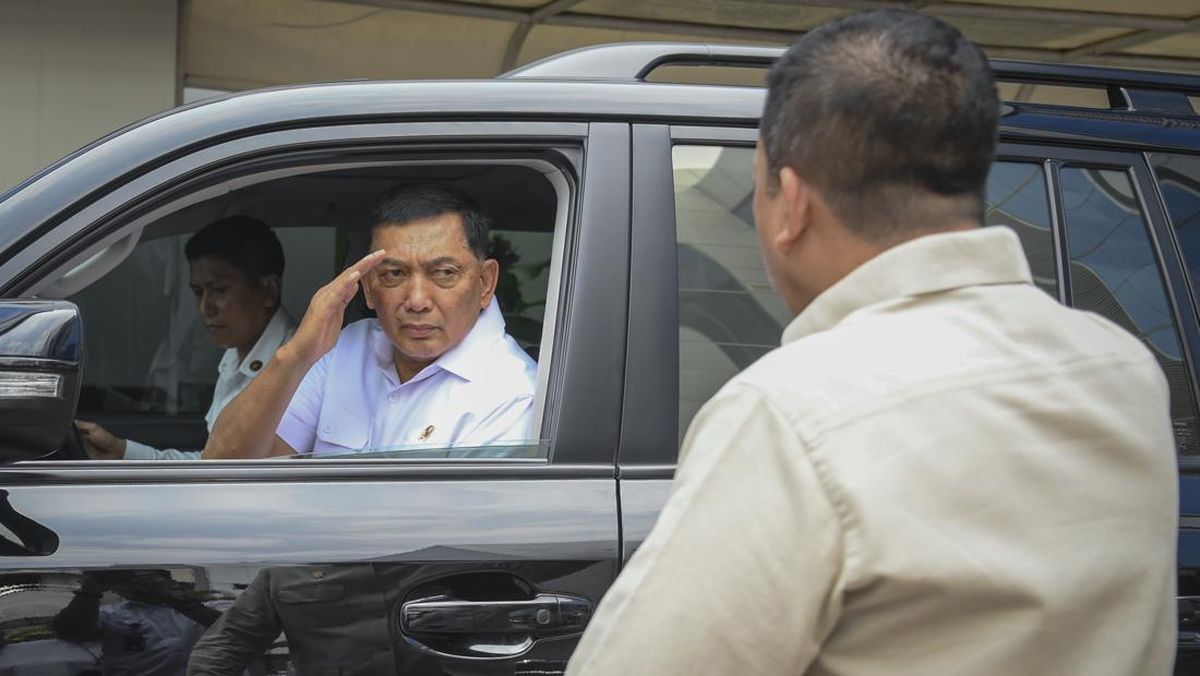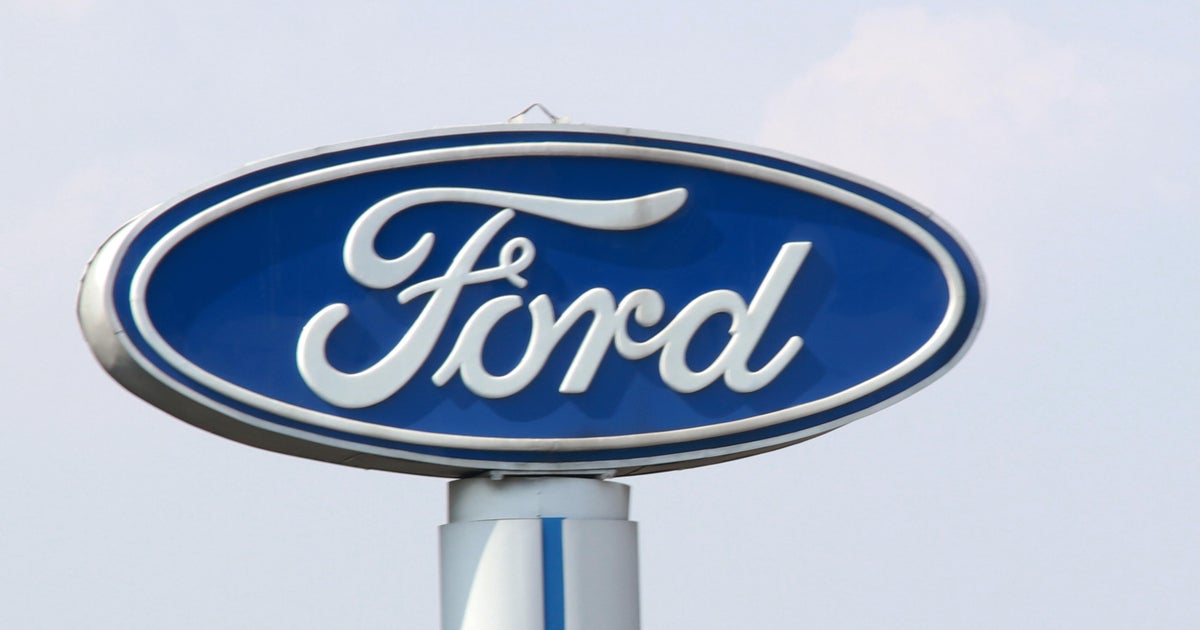Gen Z are taking more sick days. Here’s why that’s a good thing
There are two types of people in the workplace. The first are those who rarely take sick days, valiantly soldiering on through sniffles and aches, and who pride themselves on never getting anywhere close to using their potential days off.
The other type are, shall we say, a little bit looser with sick leave. They see the allocation as part of their employment rights and will happily message their boss if they’re feeling even a tiny bit under the weather. We all get a certain number of sick days, they reason, so why not just take them all?

Early career workers are far more likely to “chuck a sickie”. But before you start your generational grumbling, here’s something to consider.Credit: Dionne Gain
Which of these you are might depend on your generation, as a wide chasm has emerged in different types of workers depending on your age. A 2022 survey of Australian employees by management consultants Frost & Sullivan found that Gen Z workers took an average of 14.3 sick days a year, compared to Baby Boomers who averaged out at just 8.9 days.
This brings up a vexed, but little discussed, question about our working lives: should sick leave only be taken when you can’t get out of bed, or should it also be used as a preventative?
Now, before you pick sides in this debate, we need to consider that the main driver behind younger workers being more likely to “chuck a sickie” based on relatively minimal symptoms is because it’s not just about their physical health, but their mental health as well.
Increasing rates of anxiety, depression and burnout, and the ability to better recognise early warning signs, is one of the reasons younger people are more willing to email their manager that they won’t be coming in today.
A preventative day off, even if you can’t see it physically, can be just as important as waiting until you can’t get out of bed.
However, it’s not just younger workers who are changing how we think about sick leave, with data on American employees for HR platform Dayforce showing that the number of sick days we all take has increased since the pandemic, rising 55 per cent from 2019 to 2023. Of course, a lot of that is thanks to early career workers, but there’s also been a 16 per cent increase in sick days for workers over 35.
So what does all this mean? It’s important to understand that mental health days as valid as physically ill days, and should be recognised as such. As long as they are not being abused, they represent employees taking a longer-term view of their career.
They know that if they want to be healthy, both physically and mentally, over the four-plus decades they will work, then taking an occasional day off is one of the ways of achieving this.
Loading
On the flip side, there also has to be an acknowledgement from those putting in for sick leave that it does have a cost inside the workplace. The same Frost & Sullivan research found that one in 10 employees are absent from work on any given day, and this has a negative impact on lost productivity, decreased staff collaboration and teamwork, as well as less revenue for the company.
It also means that others in their team have to regularly pick up the slack in their absence, which can often exacerbate workplace tensions.
We should be thankful for a few things in Australia, like the fact we have one of the more generous – and hard fought-for – systems of paid sick leave globally, especially when you compare it to countries that have no national minimum days off, or only a handful of unpaid ones.
Sick leave is not just about sniffles and aches. So the next time you receive an email that a colleague needs some time off to get better, cut them some slack and wish them well. A preventative day off, even if you can’t see it physically, can be just as important as waiting until you can’t get out of bed.
Tim Duggan is author of Work Backwards: The Revolutionary Method to Work Smarter and Live Better. He writes a regular newsletter at timduggan.substack.com
Get workplace news, advice and perspectives to help make your job work for you. Sign up for our weekly Thank God it’s Monday newsletter.
Most Viewed in Business
Loading


